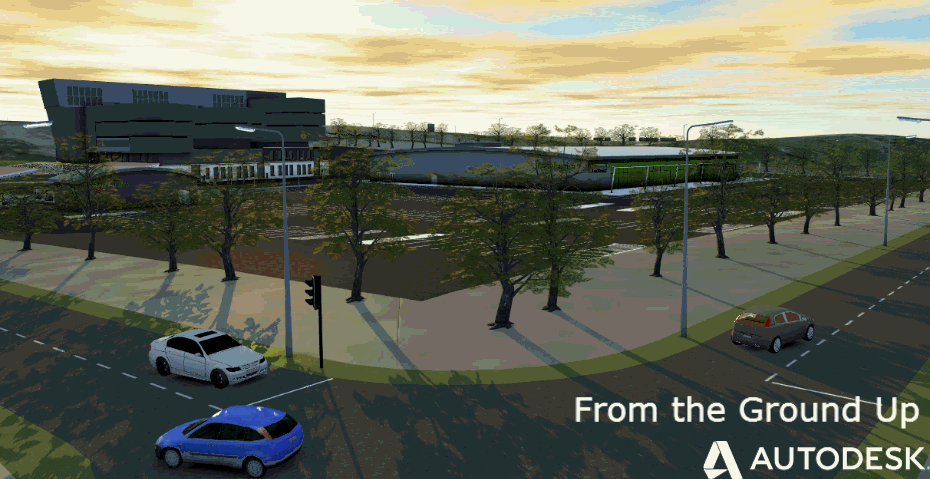InfraWorks 360 2016 now supports editing of more complex geometry from imported Civil 3D strings, however there are still some limitations and rules that need to be adhered to in order to edit the IP geometry handles, especially when importing geometry from an external package such as MX or 12D.
Image below showing Imported Road Geometry warning message
The case in point involves converting MX Genio data into InfraWorks 360, whilst still providing the ability to manipulate that geometry in InfraWorks.
Horizontal Geometry
Here are just a few rules that need to be adhered to in order to achieve the desired results:
- Horizontal alignment needs to be IP method only (no floating curves)
- Cannot have floating curves at the start or end of the alignment string – Inserting a short length of straight at the start/end fixes this
- Cannot have compound or reverse curves – needs a small straight between curves to allow editing in IW360
- Lines need to ‘Not Constrained (Fixed)’, whilst the curves need to be ‘Constrained on Both Sides (Free)’
- Parameter Constraints should be unlocked
To setup an imported MX geometry string for InfraWorks processing, the following steps are required:
- Import alignments into Civil 3D via Genio module (or LandXML)
- Select the alignment and select ‘Alignment Properties’
- In the ‘Point of Intersection’ tab, select ‘By change in alignment direction’
- In the ‘Constraint Editing’ tab, swap the default settings to match the image below
- Check ‘Always perform implied tangency constraint swapping’
- Uncheck ‘Lock all parameter constraints’
- Select ‘Geometry editor’ from the context-sensitive ribbon
- Alignment Grid View
Lines need to be ‘Not Constrained (Fixed)’, whilst the curves need to be ‘Constrained on Both Sides (Free)’
- When selecting the alignment, note the IP’s are now displayed with a grey triangular grip. Hover over this grip and select ‘Solve PI’.
- The PI is now cyan, indicating we have now converted the line-curve-line to an IP method.
- Repeat this process for all PI’s
Grey PI grip before solving Blue PI grip after solving
Vertical Geometry
Vertical geometry is similar to horizontal in that the geometry needs to be designed using IP methods (no floating curves)
To setup an imported MX geometry string for InfraWorks processing, the following steps are required:
- In MX, export the vertical geometry as a VERAT file (not VALGN)
- Edit the verat file to remove headers and commas, rename as a *.txt file
Original VERAT file Edited VERAT file for Civil 3D (commas removed)
In Civil 3D, from the Home tab in the ribbon, ‘Create Profile from File‘
- Select the edited VERAT file (*.txt)
- Select the alignment to associate the profile to the horizontal
This creates a profile in your profile view, but the type is set to an imported file (which does not allow editing in I360). We need this to be set to a layout profile before importing to InfraWorks 360
This creates the vertical geometry that InfraWorks 360 will then be able to read back and allow editing of VIP’s and vertical curve lengths.
We then only need to add the Civil 3D drawing as a data source into InfraWorks 360 and voila’ – editable handles in both horizontal and vertical space.
Regards
Andrew


(0)